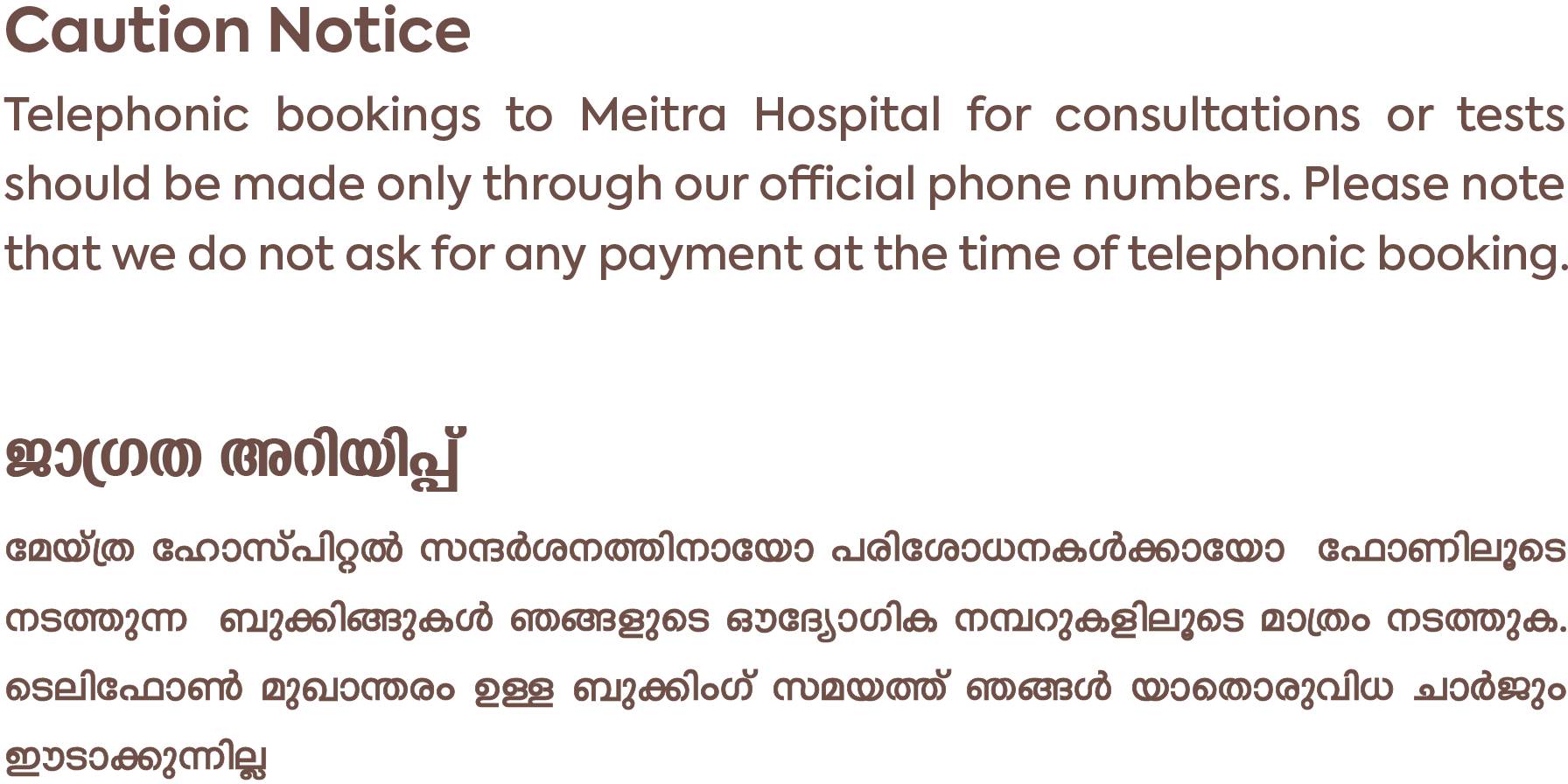- Our Doctors
- Our Specialities
Centres of Excellence
-
 Centre for Blood Diseases, BMT & Cancer Immunotherapy
Centre for Blood Diseases, BMT & Cancer Immunotherapy -
 Centre for Bone, Joint & Spine
Centre for Bone, Joint & Spine -
 Centre for Critical Care Medicine and ECMO Services
Centre for Critical Care Medicine and ECMO Services -
 Centre for Gastrosciences
Centre for Gastrosciences -
 Centre for Heart & Vascular Care
Centre for Heart & Vascular Care -
 Centre for Nephro-Urosciences
Centre for Nephro-Urosciences -
 Centre for Neurosciences
Centre for Neurosciences -
 Centre for Obstetrics and Gynaecology
Centre for Obstetrics and Gynaecology -
 Centre for Organ Transplantation
Centre for Organ Transplantation
Super Speciality
-
 Advanced Diagnostic and Interventional Radiology
Advanced Diagnostic and Interventional Radiology -
 Anesthesiology & Pain Management
Anesthesiology & Pain Management -
 Clinical Nutrition and Dietetics
Clinical Nutrition and Dietetics -
 Dental and Maxillofacial Surgery
Dental and Maxillofacial Surgery -
 Dermatology
Dermatology -
 Emergency and Trauma
Emergency and Trauma -
 Endocrinology and Metabolic Disease
Endocrinology and Metabolic Disease -
 ENT and Head & Neck Surgery
ENT and Head & Neck Surgery -
 Family Medicine
Family Medicine -
 General and Laparoscopic Surgery
General and Laparoscopic Surgery -
 General Medicine
General Medicine -
 Laboratory Medicine
Laboratory Medicine
-
- Key Procedures
- Our Hospitals
- International Patient
- Contact us
-
Quick Links


AVM Embolization
An arteriovenous malformation (AVM) is an abnormal tangle of blood vessels connecting arteries and veins, which disrupts normal blood flow and oxygen circulation. Arteries are responsible for taking oxygen-rich blood from the heart to the brain. Veins carry the oxygen-depleted blood back to the lungs and heart.
AVM Embolization is a minimally invasive technique that blocks one or more blood vessels or abnormal vascular malformations or channels of the veins, lymph vessels or both. It is done while preserving normal blood flow in the surrounding regions to keep your tissues healthy while dealing with problematic bleeding. While some vascular malformations need monitoring, some need treatment like embolization as a supplement to surgery or radiosurgery to avoid serious symptoms or rupture.
How and Why it is done?
Endovascular AVM embolization is a catheter-based procedure that lasts a couple of hours. Neurointerventional surgeons will insert a small, flexible tube (catheter) into a blood vessel, usually in the groin. They will use X-rays during the entire procedure to visualize and guide the catheter through your vessels to the site of the AVM. Then, they will inject a glue-like substance or a coil into the vessels to block blood flow to the AVM and close off the vessel. You will have a sedative to keep you comfortable but awake during the procedure.
From neurosurgeons to neuro-interventional surgeons to stroke neurologists, the team determines if AVM embolization, or endovascular embolization, is the right treatment for a patient’s unique case. Sometimes, this is the only necessary treatment. However, embolization usually does not permanently destroy the AVM. It’s typically used to help reduce the AVM size and lower the risk of bleeding before radiosurgery or surgery to remove the AVM. Embolization makes these other treatments safer.
Neurosurgery: Brain & Spine Tumors | Dr. Mishal Johny
Meet Our Doctors
Experienced Medical professionals for a superior patient experience.
Frequently Asked Questions
How long does brain embolization last?
This procedure is usually completed in one to two hours; however, it may last up to several hours.
How long does it take to recover from AVM embolization?
Most patients leave the hospital within 24 hours of the procedure, but those who have considerable pain may have to stay longer. Normal activities can be resumed within a week.
What is the best treatment for AVM?
The main treatment for AVM is surgery. Your doctor might recommend surgery if you're at a high risk of bleeding. The surgery might completely remove the AVM.

 +91 9393 108 108
+91 9393 108 108

















































